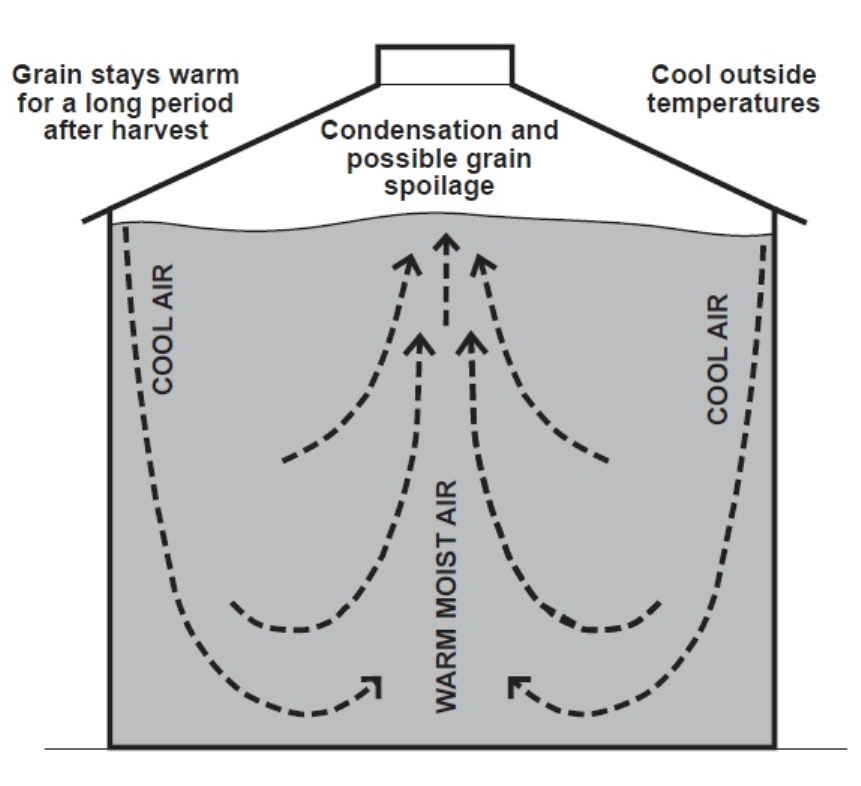Preparing for the Winter Period

Welcome back once again!
Today I want to talk about the sowing period and remind you all of those important jobs you may well forget.
With the brilliant season 2020 gave us, residual soil moisture is giving a promising start to the year ahead. Considering the circumstances surrounding the current mouse plague in large parts of New South Wales, that moisture is going to be vital in getting crops to emerge.
One of the scariest things about mice is that any seed is feed. Whether it be in storage, in the kitchen pantry or centimetres underground. Mice can and will dig wherever necessary. Local croppers are being urged to plant as closely ahead of rain as possible this year, as quick emergence is going to be the only saving grace from the dreaded mice.
FACT: The 1993 Australian mouse plague caused an estimated $96 million worth of damage

Growers are also urged to be extra cautious of frost this year, as the cooler than average summer is expected to be followed by a cool winter as well. Varieties differ in the time they take from sowing to flowering. Quicker maturing varieties take fewer days to flower than early sown (late maturing) varieties. Some varieties sown too early will flower in the late winter, which should be avoided as this exposes them to peak frost periods. Frosts can cause extensive damage, leading to a reduced yield and affect grain quality. Varieties sown too late have little chance of reaching their yield potential because flowering and grain filling occur under hot, dry, stressful conditions. In short, be sure to do your research into your specific variety of grain, well before you hook up the tractor.
FACT: For each week of delay in sowing, yield drops by 4-7%
The change in temperature is usually very welcome by the time it rolls around. As you break out the winter jackets and start preparing to light the fire, don’t forget about any grain you may have left in storage. The temperature of stored grain causes far more damage in comparison to other threats such as insects. As the ambient air temperature lowers outside your storage, the walls will also cool. Any grain located close to the walls will in turn, drop in temperature, as well as any air within the silo. Cooler air will create a current travelling downward along the exterior of the grain mass. Grain, however, is a brilliant temperature conductor, meaning that it will hold temperature for prolonged periods of time. The cool air current will gradually move toward the centre of the mass, where it is warmed by the grain. As the warm air rises it will pick up moisture from the grain and create a high moisture zone at the top of your storage, this is known as moisture migration. With more moisture, comes a heightened risk of mould developing, as well as damaging hot spots and ideal breeding conditions for insects.
FACT: Correctly controlled aeration systems can keep grain between 15-20⁰C, even in the peak of Summer

As the temperature does begin to fall, its vital that grain is monitored regularly and controlled accordingly. An aeration system used in conjunction with your grain storage, is the best way to minimise the impact of moisture migration and protect the vitality of your stored grain. With a relatively low air-flow rate, around 2 litres of air per second per tonne, aeration cooling systems will lower the temperature of your stored grain. Vents must be open during the aeration process, resulting in the hot air being pushed out to the atmosphere. It’s important to complete this process regularly to ensure the movement of fresh, cool air in and around your grain.
FACT: Silos should only be sealed during the fumigation process
As much this year as any, the agricultural sector is reminded just how unpredictable conditions can be. To look back on all that has happened over the past 5 years from drought to fires to floods to disease and pests, ability to a adapt continues to be one of the most astonishing features of the industry. When entering the new season, all we can do is hope for the best yet prepare for the worst.
Keep on top of that silo maintenance and monitor your grain every few days as the conditions change. To find out more about using aeration systems to protect your grain in the harsh winter conditions, be sure to get in touch with the HE Silos team on 1800 046 046.


